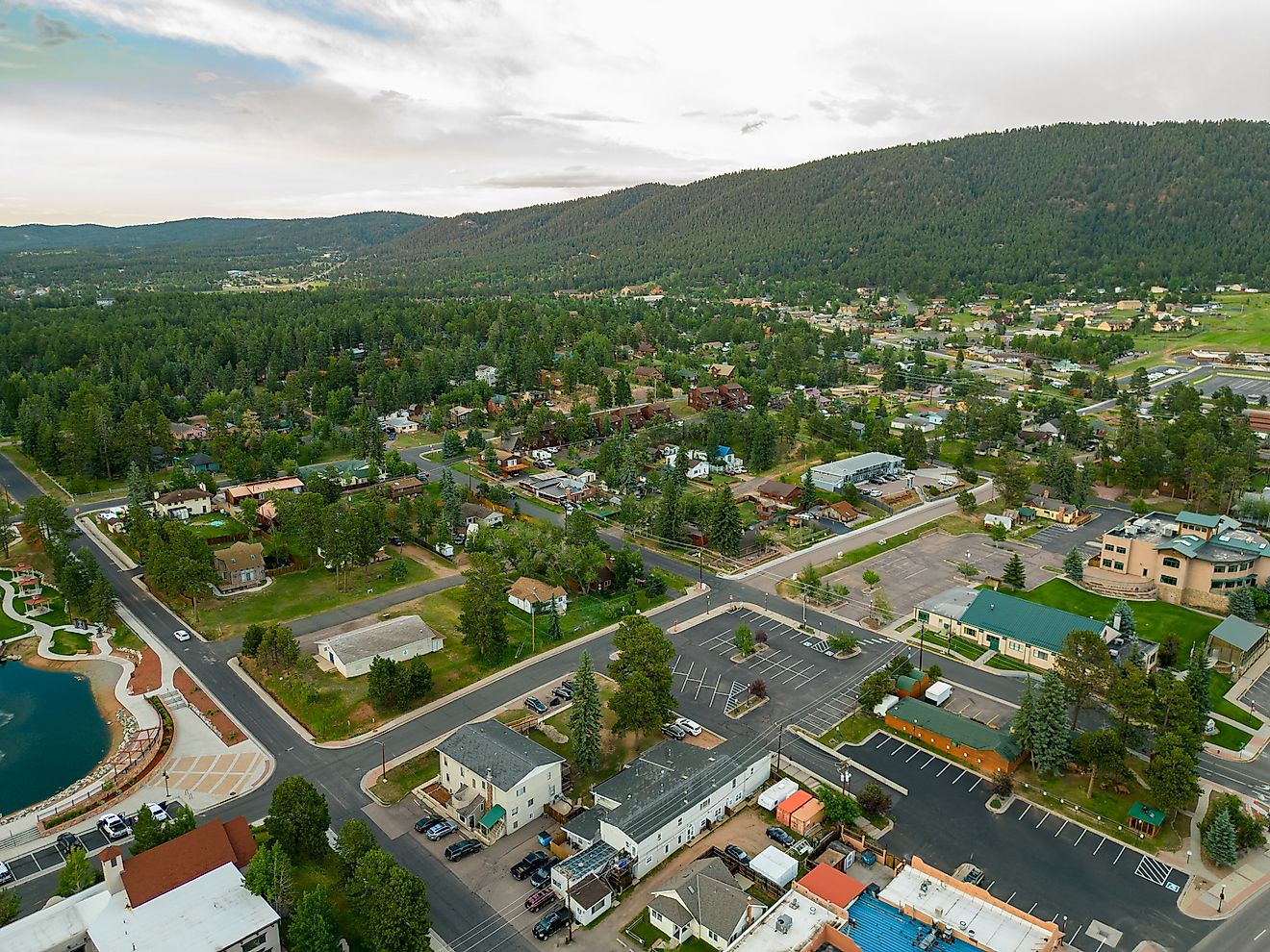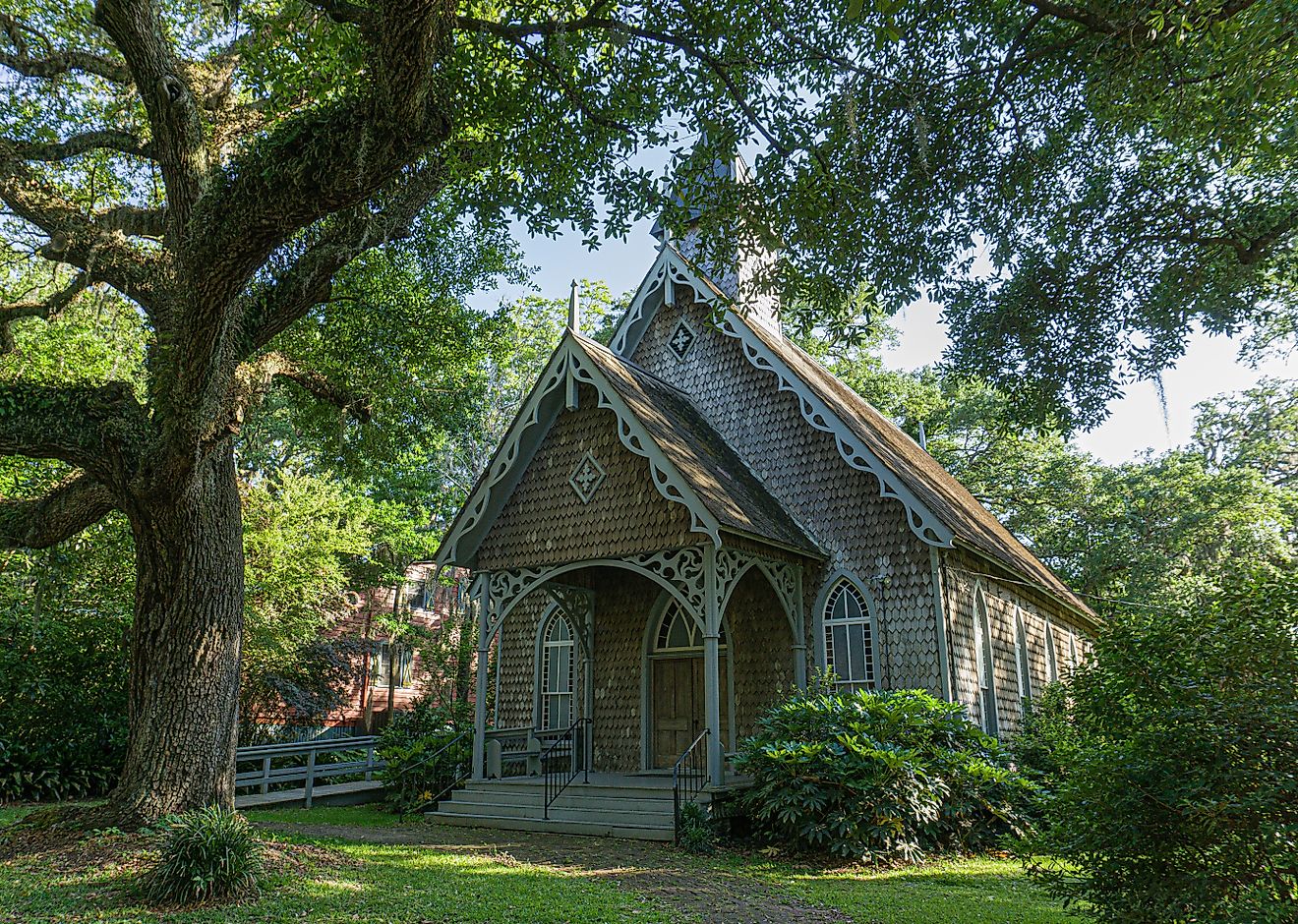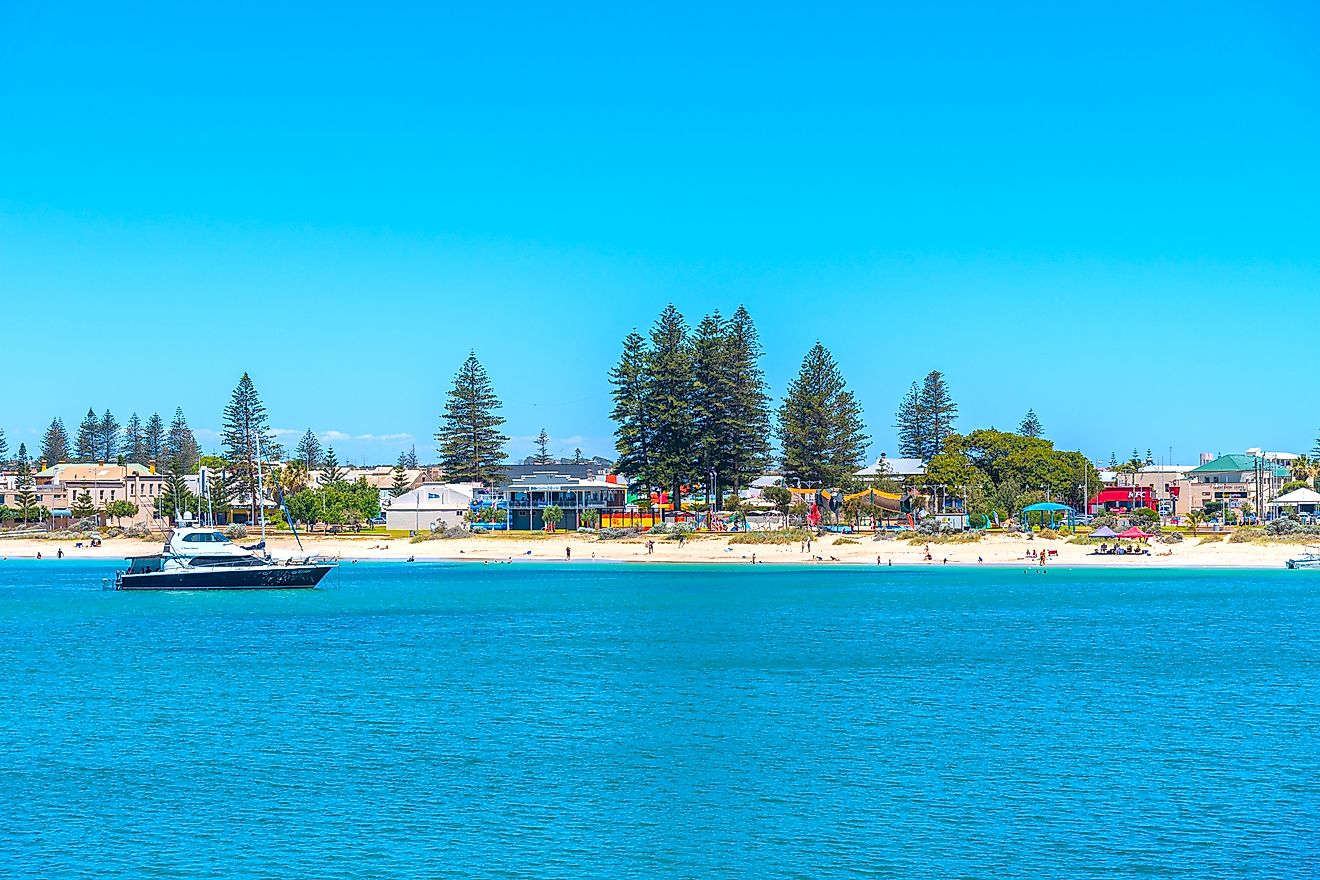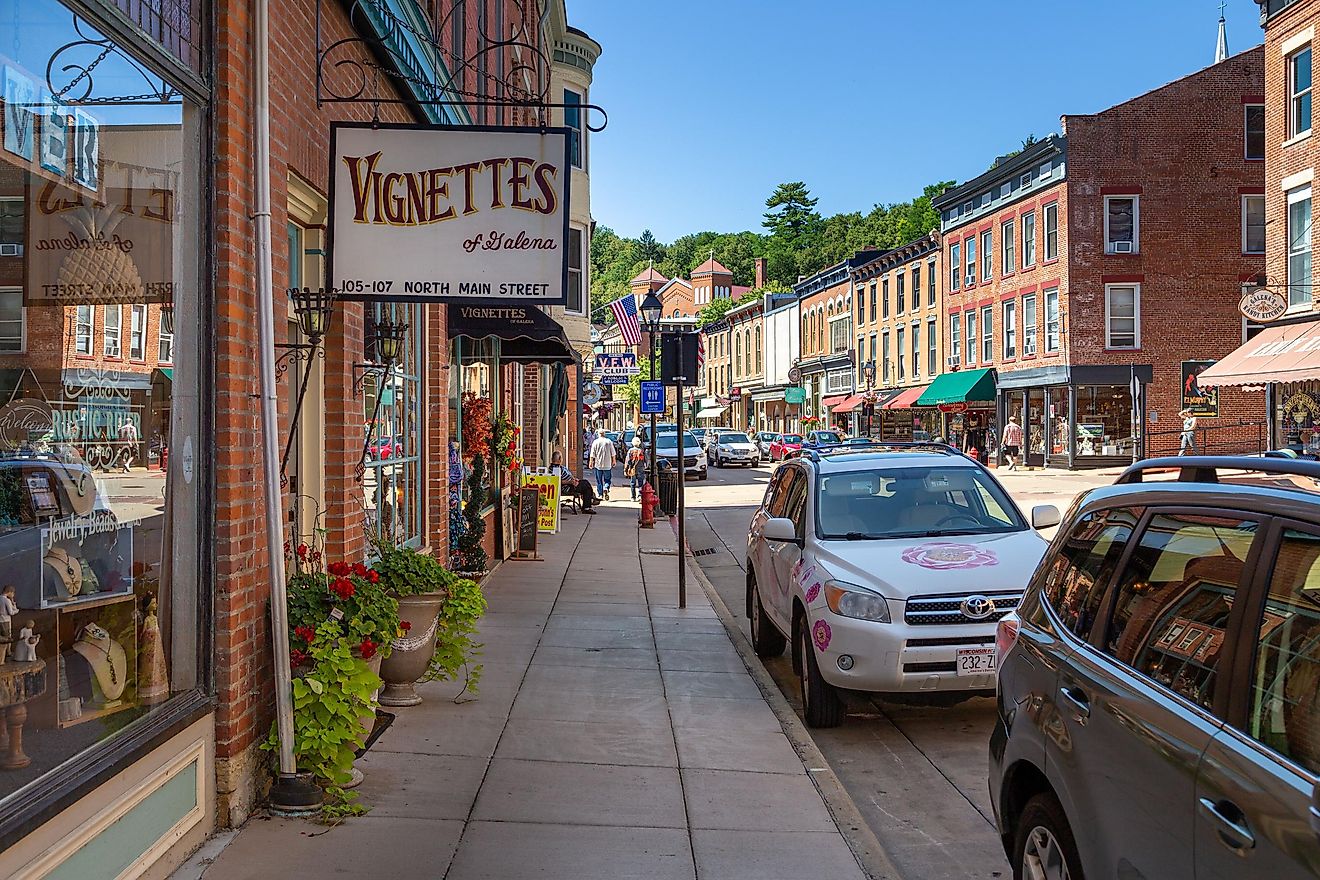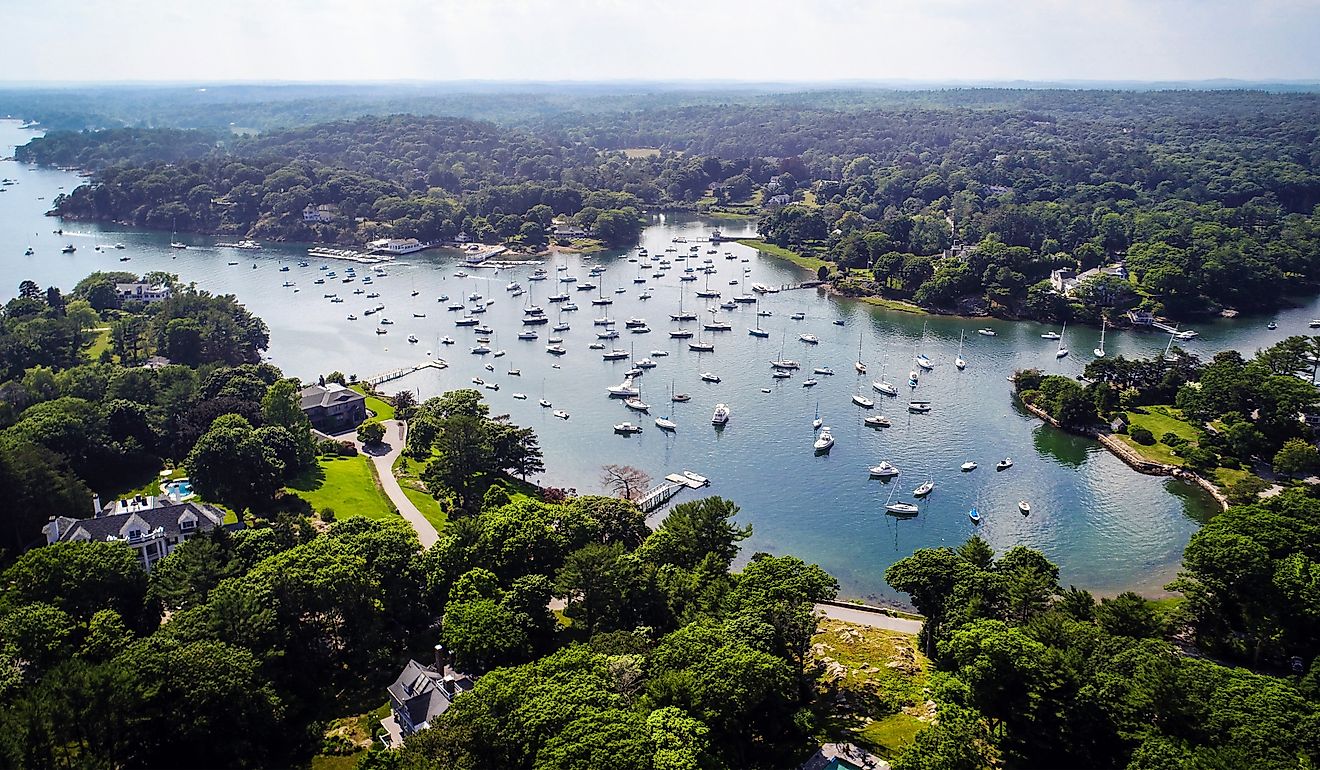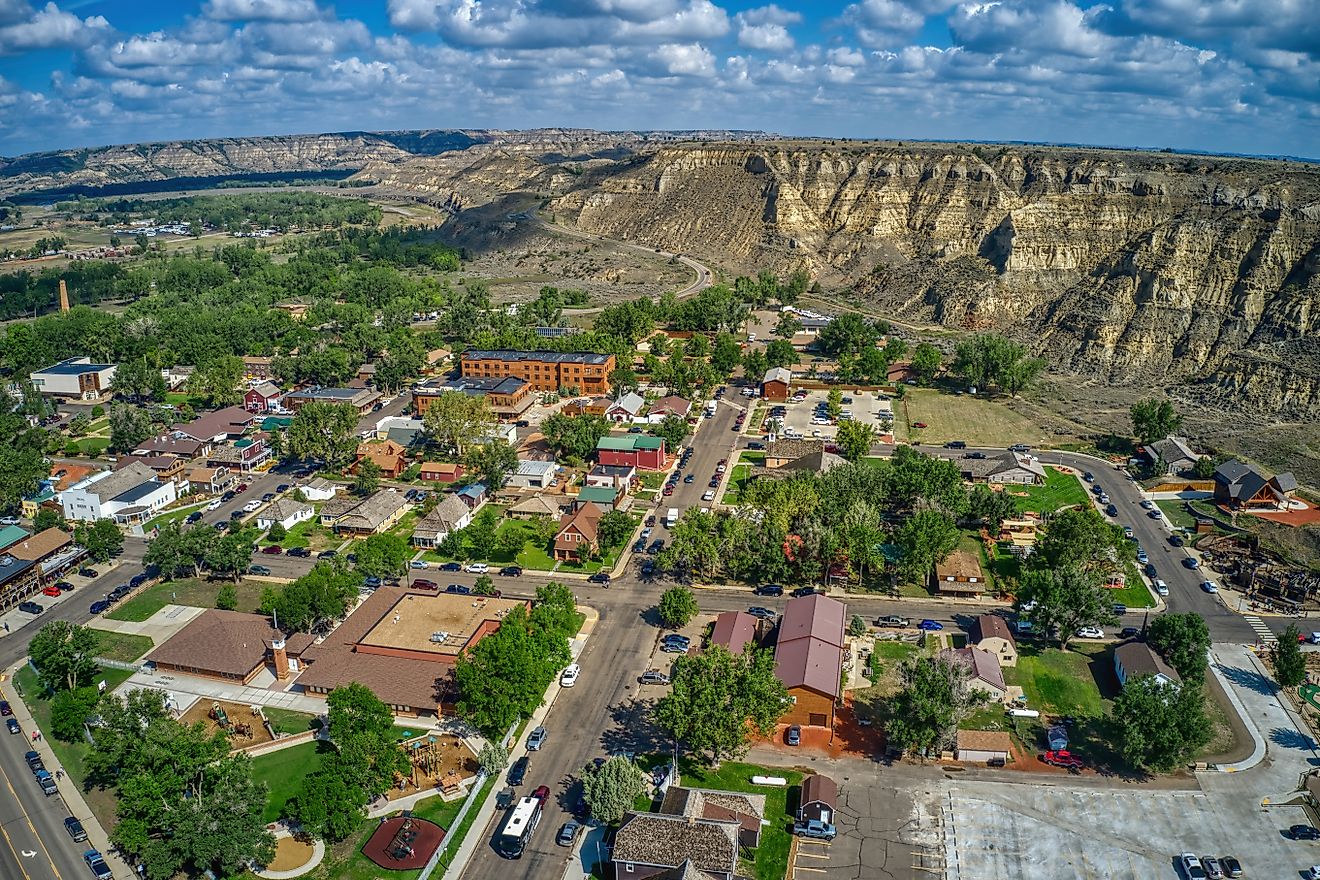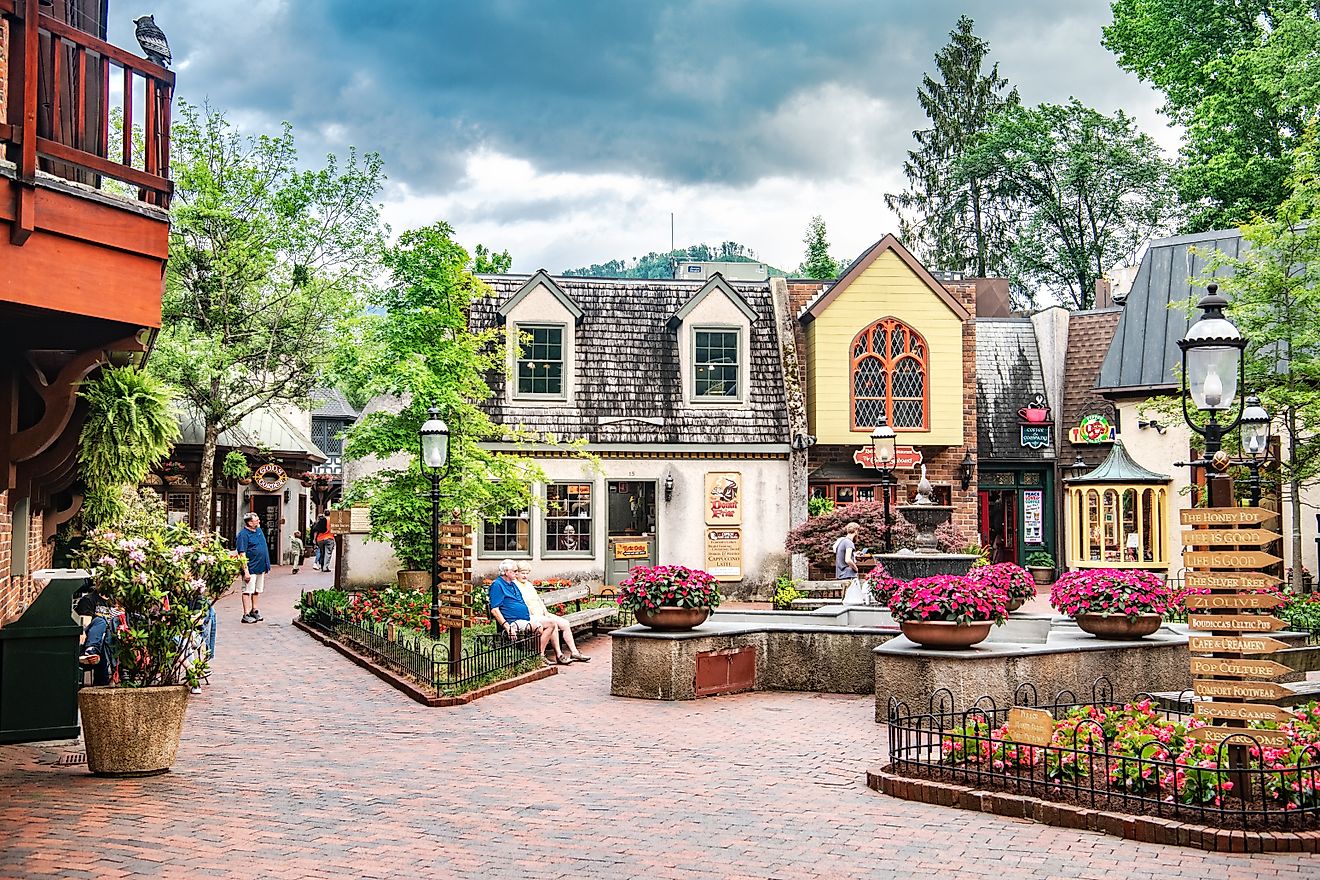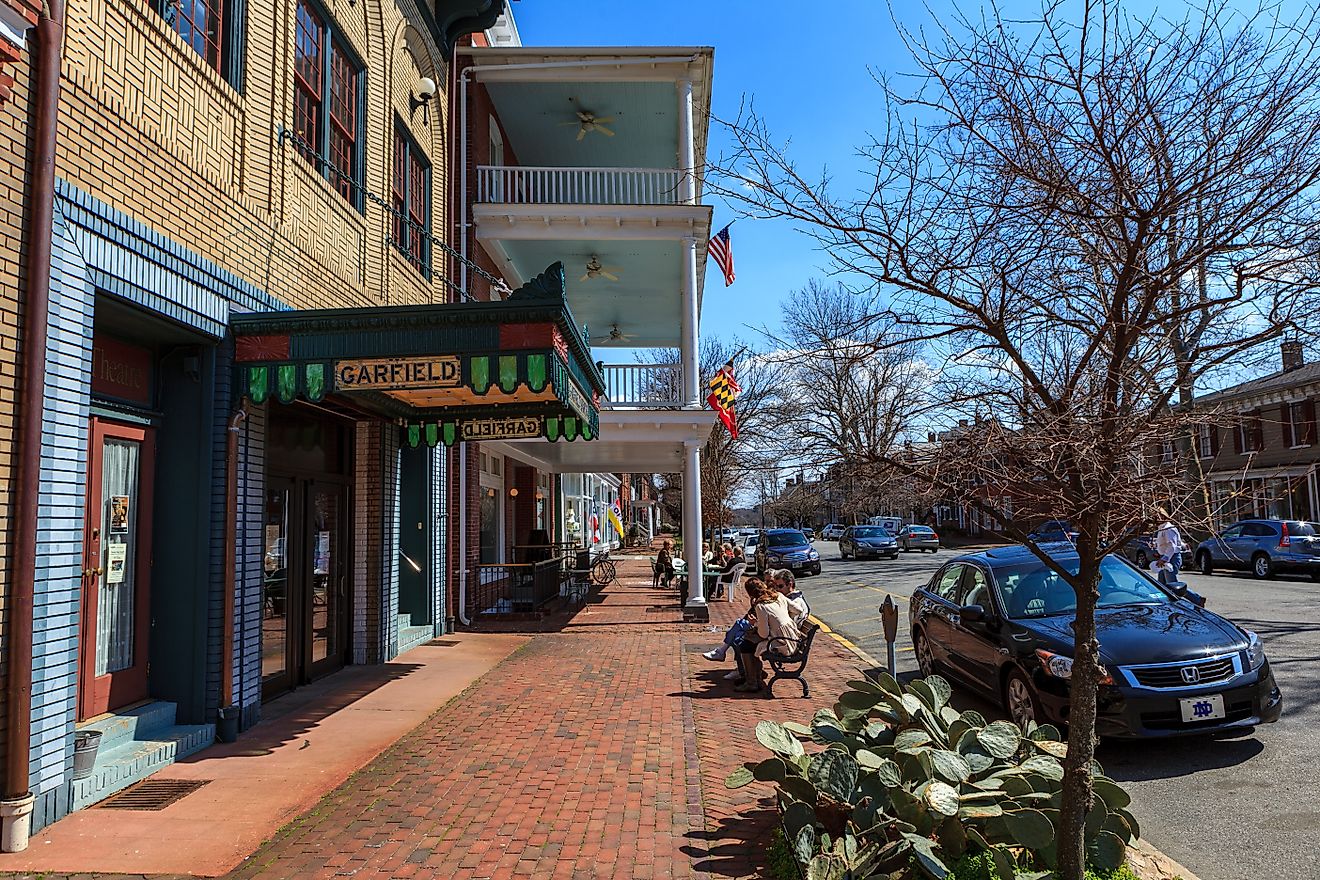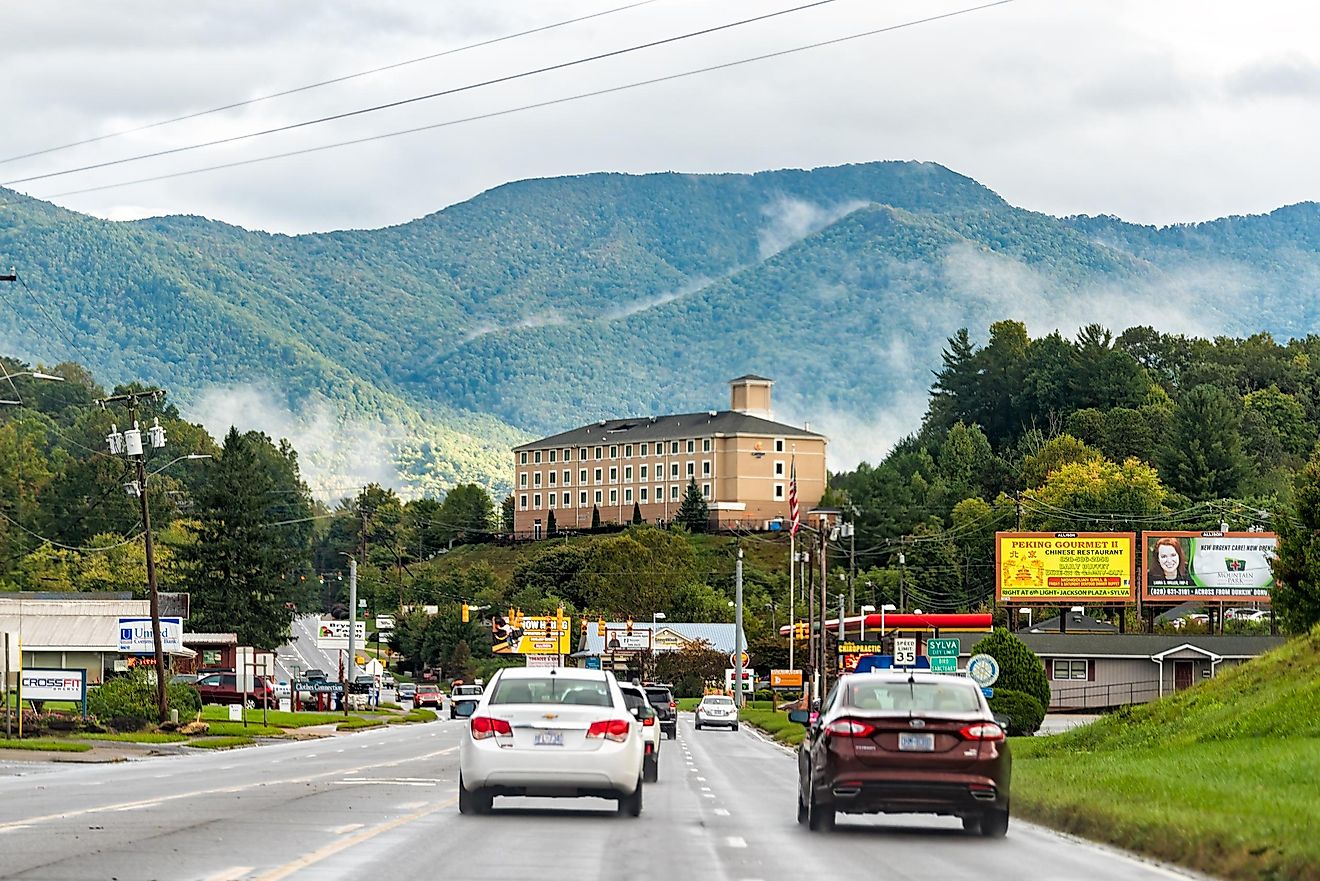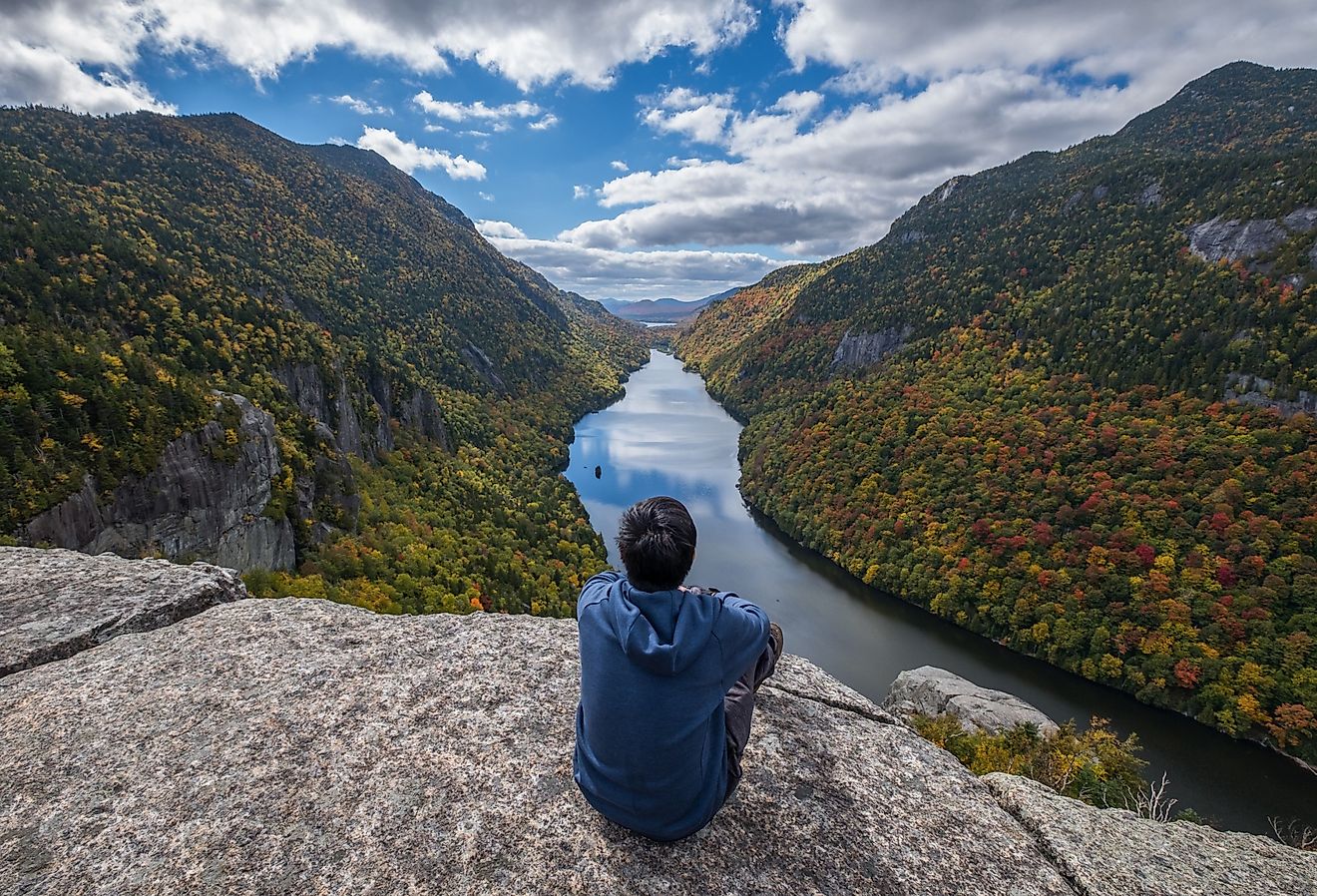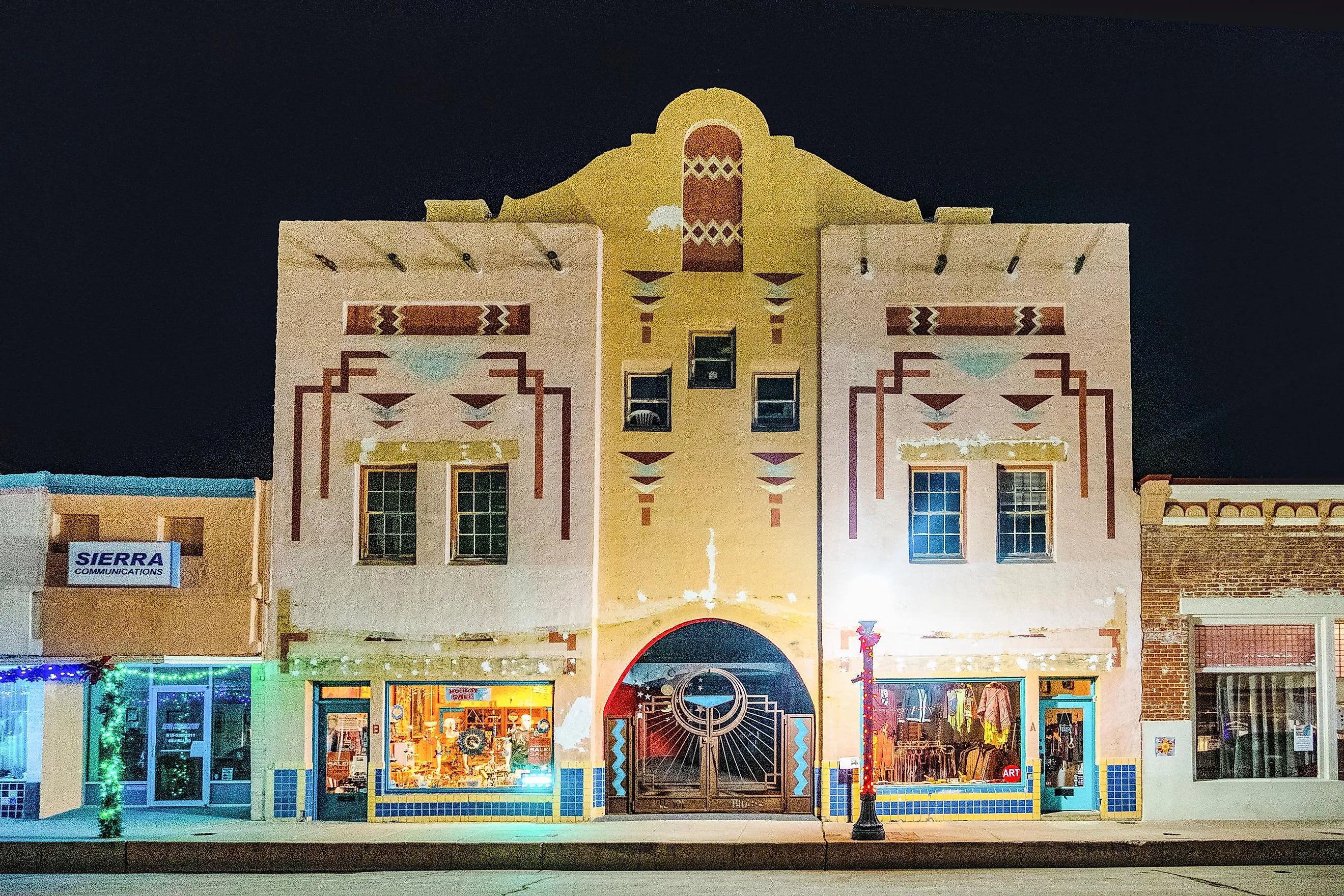
8 Quirkiest New Mexico Towns You Didn't Know Existed
The southwest state of New Mexico embodies the cultures and legacies from either side of the US-Mexico border. A US state since 1912, the place known as the Land of Enchantment has been drawing settlers, mystics, artists and travelers since its earliest days. Once a Native American center of culture, later a Spanish colonial zone, and now a part of the United States, New Mexico's rich heritage warrants a visit or two. Some of the state's finest attributes lie waiting in its smaller towns, beyond the larger towns of Albuquerque and its capital, Santa Fe. For a truly enchanting adventure, New Mexico deserves a trip soon, especially to one or more of the eight quirkiest towns you didn't know existed.
Aztec

The northwest town of Aztec, near the state's border with Colorado, boasts a national monument as well as a UNESCO World Heritage site. The Aztec Ruins National Monument draws about 50,000 visitors annually. Formerly the home of the Pueblo tribe of Native Americans, Aztec's stone-built structures and tunnels once held ceremonies, rituals, and community events of all kinds.
Adrenaline junkies will love Aztec for the Aztec Speedway, a car racing hub. For fans of calm scenes in nature, the Animas River runs through town, and Riverside Park allows for picnics and other pleasant moments by the Animas' banks. Kids might prefer the Aztec Skate Park, found inside Hartman Park, across from Riverside Park.
Chimayo
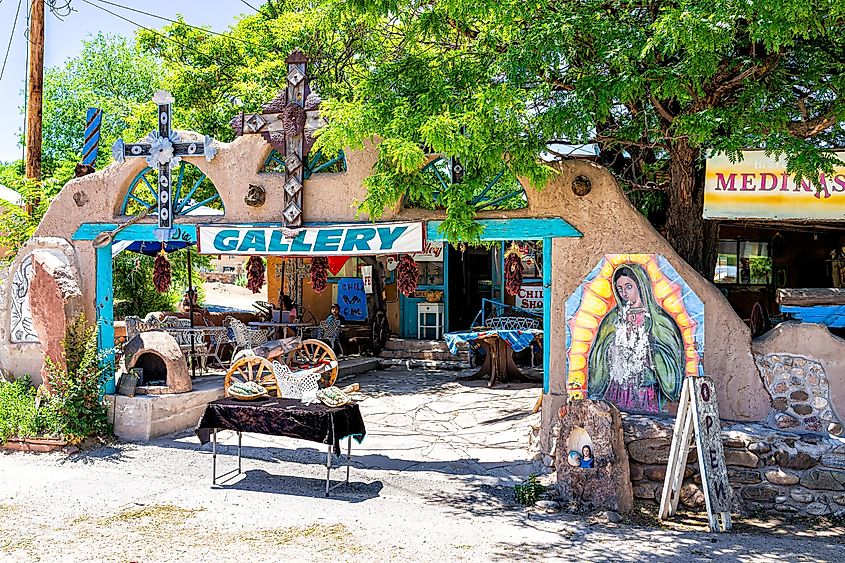
In north-central New Mexico, some 25 miles north of Santa Fe, an unassuming community brings hundreds of thousands of visitors to its gates every year. The town of Chimayo is said to have healing properties, given that its hot springs have reportedly cured all kinds of physical and spiritual afflictions. Chimayo sits on the Old Spanish National Historical Trail, a colonial-era trade and travel route that extends as far as Los Angeles.
These days, visitors gather at the El Santuario de Chimayo, a shrine first constructed in 1813. The site draws mostly (but not only) Catholic pilgrims from the world over. In the Holy Week period leading up to the Christian holiday of Easter, the site balloons with tourists and the shrine's believing faithful. Throughout town, the sanctuary as well as other locations showcase exciting examples of adobe construction, a common building material and style from the region's days before European settlement.
Hatch
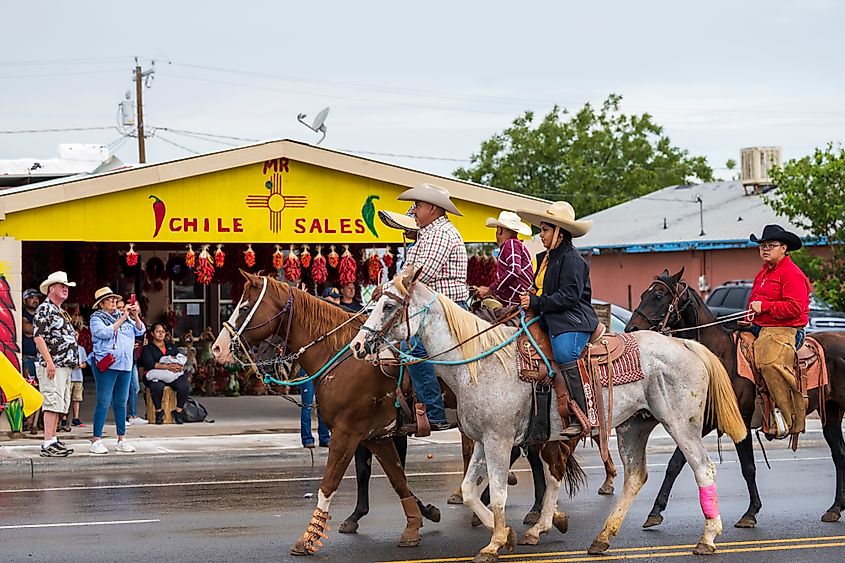
Most visitors know the southwest New Mexico hamlet of Hatch for its unique reputation: it calls itself the "Chile Capital of the World." The town puts on its annual Hatch Chile Festival every Labor Day weekend, bringing in thousands of curious, and hungry, tourists and curious out-of-towners. The festivities involve the naming of a Chile Queen, a pageant-style office that lasts for one year.
For a slightly larger menu, head to Sparky's, a restaurant and local institution, noted for its burgers. Patrons can take pictures of the numerous, gaudy plastic figurines in and outside the restaurant, not to mention the ones on the roof. To better understand the diverse products derived from the town's chile crop, the Hatch Chile Express sells powders, strung-together bunches of chiles, which are called ristras, and for the truly enthusiastic visitor, chile-themed lawn and home decorations. Those not used to the chile's famous spice can cool off at the Hatch Valley Swimming Pool in the west of town.
Silver City

Southwest Silver City rests at an altitude of nearly 6,000 feet above sea level, near the base of the Pinos Altos Mountains. The town sits just east of the Continental Divide. As its name suggests, Silver City sprang up in the early days of a minerals boom, which drew adventurers, get-rich-quick types, and other fortune-seekers from afar.
The town's beginnings, and many other local histories, are on exhibit at the Silver City Museum, an education-focused facility in the heart of town. In addition, the Western New Mexico University Museum showcases Native American and regional crafts, decorative pottery, and various other artifacts. Fun fact: Silver City also has ties to the legend of notorious outlaw, Billy the Kid, who as a child lived here with his family.
Raton

In New Mexico's northeast, a short hop from the border with Colorado, a place called Raton makes for a beautiful, quiet weekend or longer stay. The town used to see Native American travelers and Spanish colonists cut through the nearby Raton Pass, which offered access across the Sangre de Cristo Mountains. A part of the Santa Fe Trail, a key trade route in the19th century, also passes through Raton, further emphasizing the town's significance as a pathway for peoples, goods, and cultures in the southwest region. That spirit lives on with modern adjustments: the Amtrak rail service calls at Raton twice a day. For a stunning view over town, the Climax Canyon Nature Trail provides a great workout in fresh air.
Today, Raton holds up its longtime creative traditions in style. The Raton Museum and the Old Pass Gallery exhibit artistic works from local and other artists. The Raton Arts & Humanities Council, a local group, also boosts the area's creativity by organizing concerts, performances, and similar events.
Taos
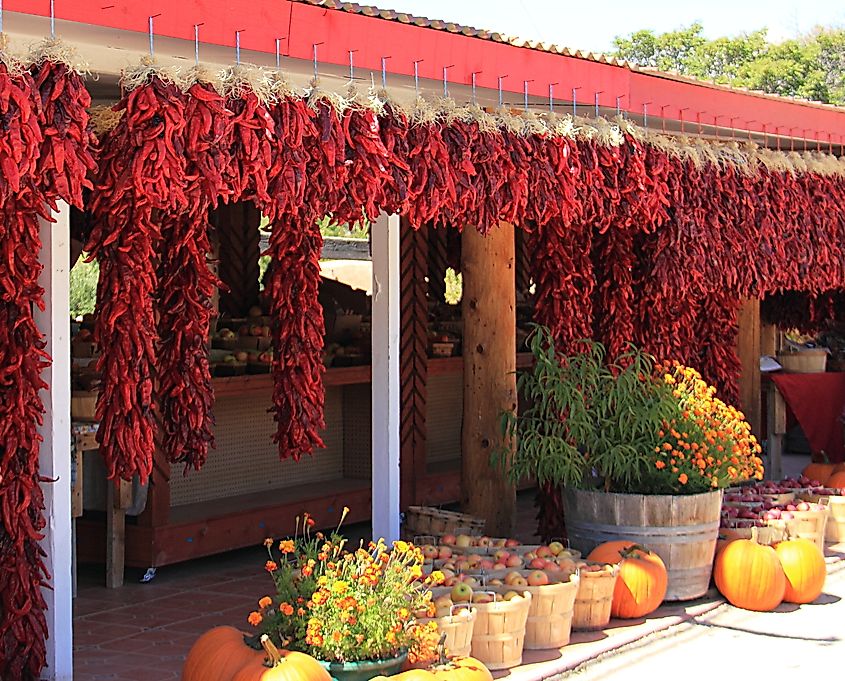
Surely the most well-known of the relatively unknown towns on this list, most art fans know Taos, in the state's north-central region, as a haven for artists like painter Georgia O'Keeffe. Sometimes referred to as the "Mother of American Modernism," O'Keeffe lived and worked in this town at the now-famous Ghost Ranch. Visitors can see her paintings and other fine works at the Taos Art Museum at Fechim House or the Harwood Museum of Art, both in town. The Hacienda de Los Martinez Museum focuses on the Spanish colonial era.
For fans of more distant history, Taos welcomes visitors to the Taos Pueblo, a onetime Native American settlement. The complex displays remarkable adobe constructions, which earned UNESCO heritage status in 1992. Over twenty of the Taos Pueblo's constructions are listed on the National Register of Historic Places.
Mesilla

In Mesilla, north of the U.S.-Mexico border, the region's binational history comes to the fore. After a tumultuous period in the first half of the 19th century, Mesilla became a U.S. location for good, being named part of the American jurisdiction under the Gadsden Purchase, which took effect in 1854. These days, the Mesilla Plaza is a locally celebrated town center and received acknowledgement as a National Historic Landmark in 1961. As part of its historic ties to Mexico, Mesilla celebrates Cinco de Mayo festivities each year. That date, May 5 in English, is the day of Mexican independence from Spain in 1821.
For nature lovers, Mesilla offers as much interest outside of town as in its historic plaza. White Sands National Park lies an hour northeast of the downtown, with otherworldly white dunes making for the perfect vacation photo opportunity. Mesilla Valley Bosque State Park, as well as La Llorona Park, also stand nearby. The Rio Grande River, which defines the U.S.-Mexico border in other areas, runs along the west of Mesilla proper.
Socorro
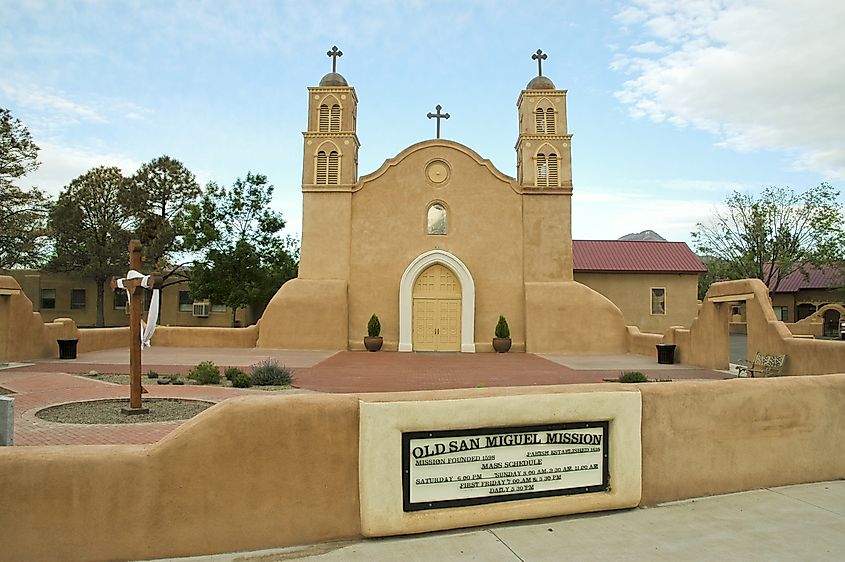
In east-central New Mexico, the town of Socorro bears its history in its very name. In 1598, a Spanish mission was traversing a stretch of dry desert. Needing help and coming upon a group of Piro Native Americans who welcomed and nourished them, the Spanish decided to mark the spot under the name Socorro — for succor, or "help." Socoro once marked the endpoint of the 90-mile trek from Las Cruces, a common route in Spanish colonial days, and part of the larger, historic Camino Real.
To get a taste of more modern hospitality in Socorro, head to the Owl Bar and Cafe south of town, which used to serve workers from the nearby nuclear testing during the Manhattan Project, which ultimately produced the atom bomb and changed modern history. And for a blissful moment or two outdoors, drive out to the Sevilleta National Wildlife Refuge, or alternatively the Bosque del Apache National Wildlife Refuge, each just beyond Socorro's town limits.
These Little-Known New Mexico Towns Deserve A Visit
As these eight quirkiest towns you didn't know existed suggest, some of New Mexico's most interesting places involve a drive to sometimes-overlooked smaller towns. For a getaway full of southwestern flavor, towns like Aztec and Chimayo bring together Native American, Spanish, and spiritual influences. Hatch serves up its own, chile-infused sense of local produce and culture. Native American artifacts stand on proud display in otherwise quiet places like Silver City and Raton. And for art fans, it rarely gets better than in Taos, the place where Georgia O'Keeffe and other masters created, and whose works remain available for viewing today. The reasons for a visit to New Mexico run long. If many travelers were not aware they existed, they might use that as a reason to see the Land of Enchantment for themselves in the near future.
